If you click on a link and make a purchase we may receive a small commission. Read our editorial policy.
Marvel's Captain America gets the Batman: Dark Knight Returns treatment with Avengers: Twilight
Avengers: Twilight is Marvel’s version of The Dark Knight Returns, featuring an aged Captain America fighting in a dystopian future.

The Marvel Universe has become a dystopian wasteland led by a totalitarian government, and Captain America is the last line of defense. Avengers: Twilight (written by Chip Zdarsky and drawn by Daniel Acuna) is a six-issue mini-series that follows an aged Steve Rogers returning from retirement to kick some fascist butt. In many ways, this story feels like Cap’s version of Batman: The Dark Knight Returns, the classic DC Comics story that revolutionized the comic book medium. We’ve read the first two issues of Avengers: Twilight, and it’s shaping up to be one of the most provocative and exciting Captain America stories in years. What does the future of the Marvel Universe look like, and what causes Cap to step back into the game? Let’s dive in….
Warning: Spoilers ahead for Avengers: Twilight #1-2!
A dark future for the Marvel Universe
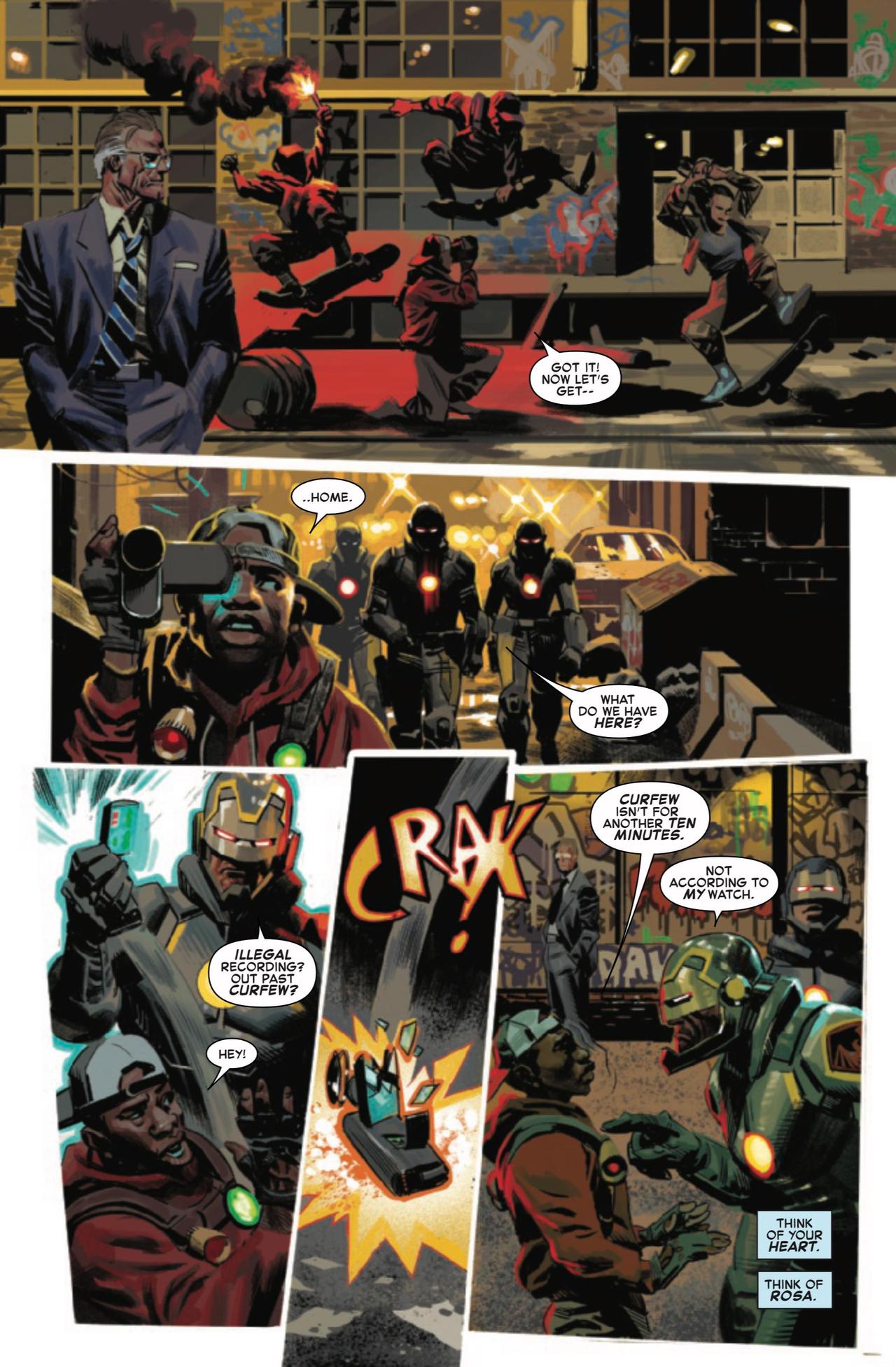
The Marvel Universe has seen better days. The streets are filled with cameras, monitoring everyday citizens. People are prohibited from using cameras or recording devices, thanks to a law called the Watcher Act. The government has issued strict curfews, using the threat of Hydra attacks as an excuse. Not that they need the excuse, because nobody dares to question the fascist regime. The rest of the population gladly eat up the propaganda.
The streets are patrolled by armed troops, ready to beat any citizen who doesn’t stay in line. Sometimes they will assault citizens just for fun. Where are the Marvel heroes in all of this?
It’s been decades since the age of heroes, and most of Marvel’s iconic crimefighters have been forced into retirement. An event called H-Day turned public sentiment against the heroes, opening the door for the government to seize control. We don’t know all the facts about H-Day, but we know that hundreds died, and Boston was destroyed. The android known as Ultron took control of the Hulk, causing him to kill hundreds. Many heroes, including Spider-Man, lost their lives that day.
When the heroes were forced into retirement, Captain America was forced to give up his Super Soldier Serum. The drug was purged from his body, ending Cap’s heroic career. Decades later, Cap is an old man, horrified at the state of the world. Surely, there’s something he can do to stop it.
The heroes
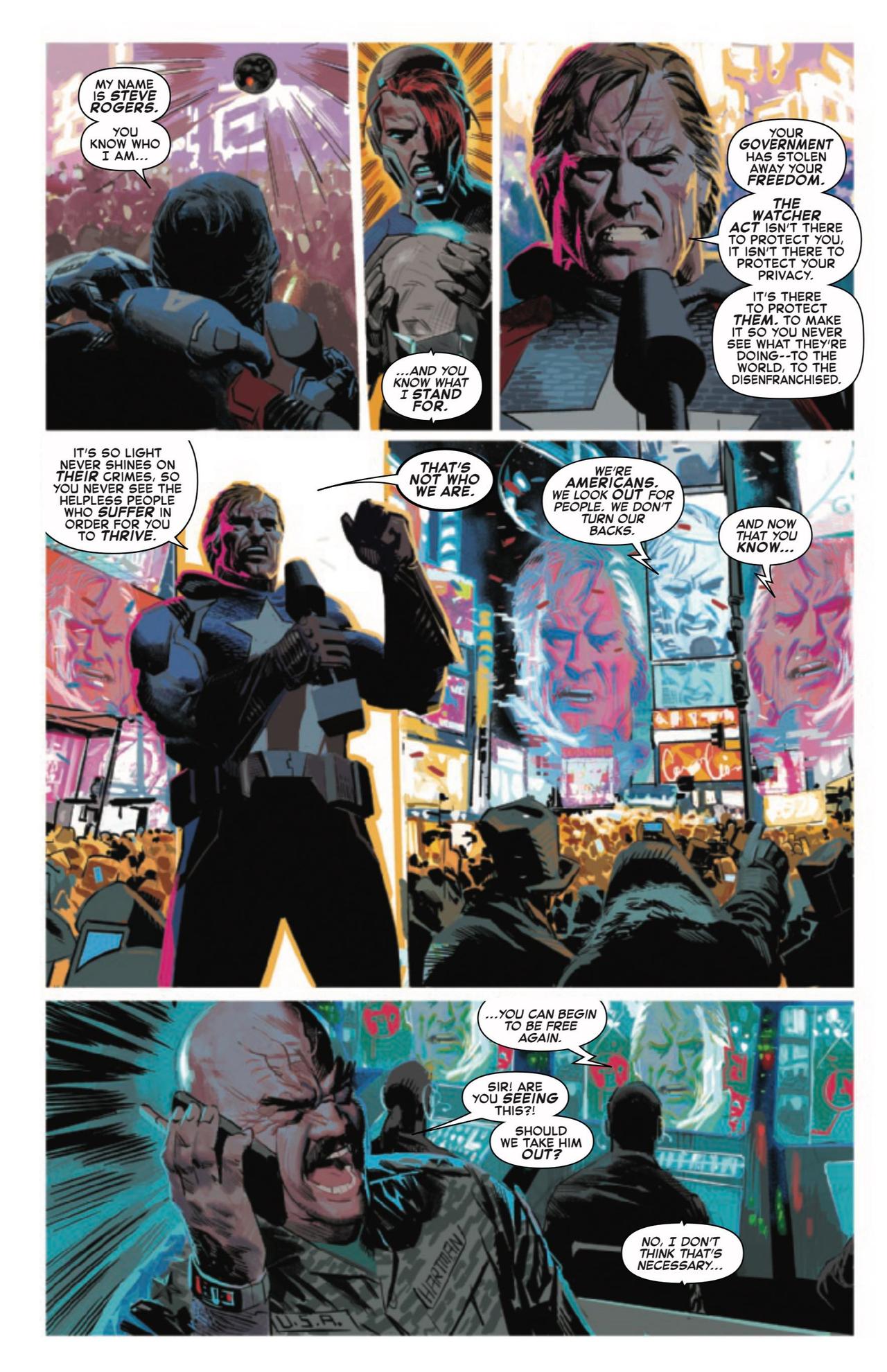
It’s been decades since Steve lost his Super Soldier Serum, and he’s attempting to live a quiet life with his wife Rosa. His wife dotes on him, reminding him to be mindful of his heart problems. Steve is unhappy about the state of the world but feels powerless to stop it. He may have stopped fighting crime, but in his heart, he has never stopped being Captain America.
Steve is angered as the totalitarian government begins to rewrite history. He’s shocked to see a documentary twisting historical facts, presenting the Nazi villain Red Skull as a hero. It’s too much to take.
When Luke Cage invites Steve to become Captain America again, it doesn’t take much convincing. Cage has been leading a group of underground freedom fighters called the Defenders. They’ve managed to recreate the Super Soldier Serum, but it will only work on Steve’s blood. Tired of seeing the world crumble around him, Steve takes the Serum, and Captain America is reborn.
Reading the story, it’s hard to ignore the parallels with The Dark Knight Returns. The aged hero returning from retirement, the chaos in the streets, and the use of the news media as exposition. That is not to say that Avengers: Twilight is a rip off. Frank Miller doesn’t own the concept of retired heroes returning to action. Some of the scenes may be similar, especially in the first issue, but Cap’s heroic journey is different. Avengers: Twilight captures the spirit of The Dark Knight Returns, but it boldly goes in a new direction, telling a thrilling Captain America story for a new generation of readers.
The villains
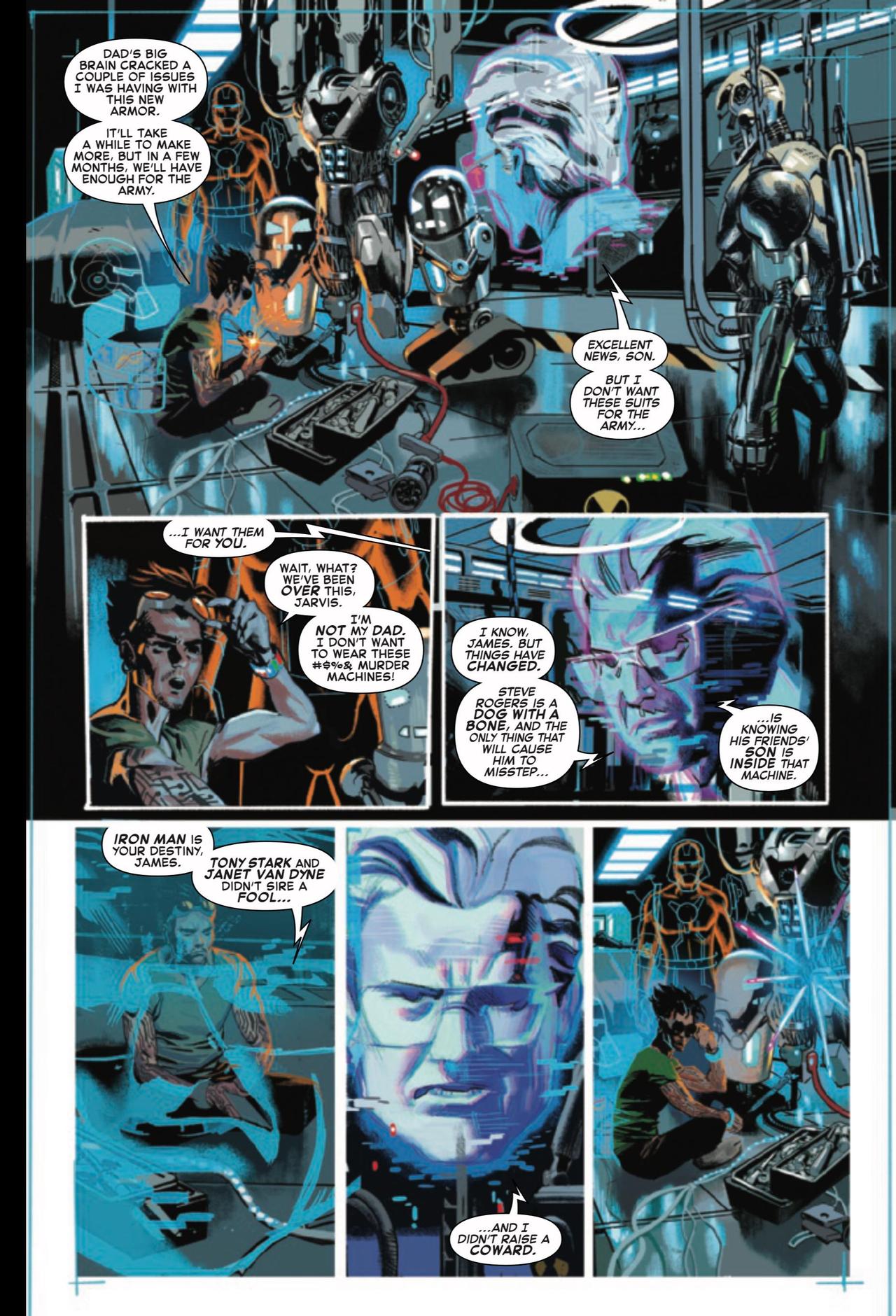
One of the most interesting things about Avengers: Twilight is the villains. The government has treated the Avengers like the boy band Menudo, replacing the original heroes with lookalikes who do their bidding. The new Captain America and his Avengers travel the globe, attacking other nations on behalf of the United States. The Thunderbolts are a black ops team within the United States Military, tasked with quashing domestic insurgencies. This is the group that goes against Steve Rogers and Luke Cage’s Defenders.
However, the real enemies are James Stark and Kyle Jarvis. James is the son of Tony Stark and Janet Van Dyne, while Kyle is the (supposed) brother of Edwin Jarvis. James spends his days building war machines for the US government. He’s reluctant to suit up as Iron Man himself, but it looks like he’ll be changing his mind soon.
Kyle Jarvis is the head of Stark Industries, and the true head of state. Oh, and for some reason Jarvis is drawn to look like Jim Steranko. A chilling scene in Avengers: Twilight #2 shows us that Jarvis has complete control over the government, and the President is powerless to fight back. How can Jarvis be so different from his good-hearted brother?
Well, it turns out that Jarvis is actually Red Skull in disguise. The free world is being run by a former Nazi, and he’s succeeded in turning the United States into a fascist nation. I don’t think Captain America is going to be happy when he learns this. I don’t know what lies ahead in Avengers: Twilight #3-6, but I have a feeling we’ll be seeing some Nazi-punching action.
An advance review copy of Avengers: Twilight was provided ahead of release by Marvel.
Follow Popverse for upcoming event coverage and news
Find out how we conduct our review by reading our review policy
Let Popverse be your tour guide through the wilderness of pop culture
Sign in and let us help you find your new favorite thing.



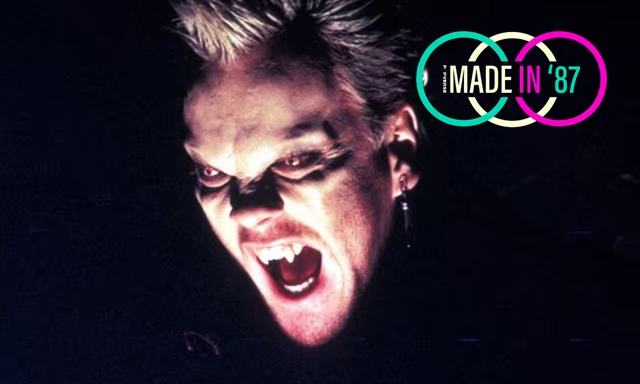
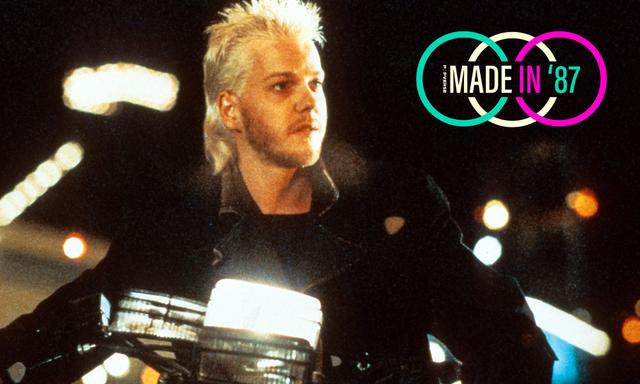



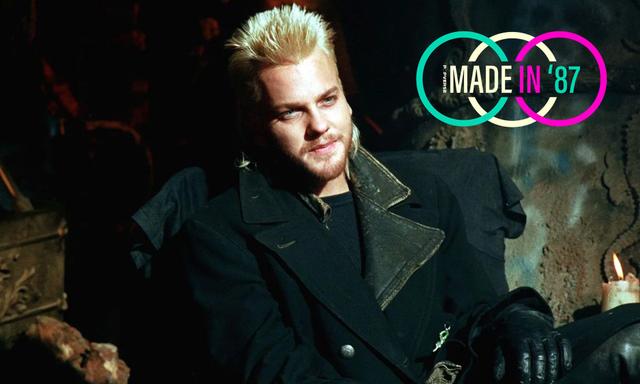
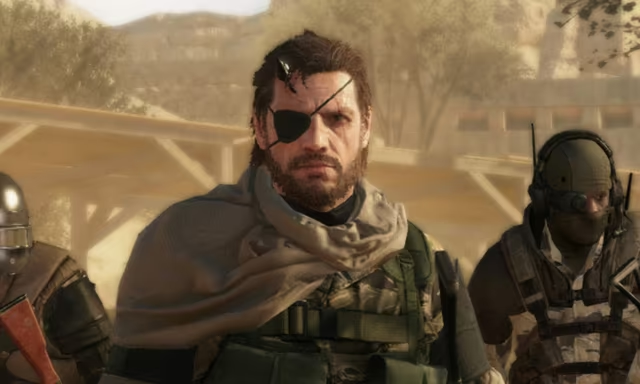






Comments
Want to join the discussion? Please activate your account first.
Visit Reedpop ID if you need to resend the confirmation email.